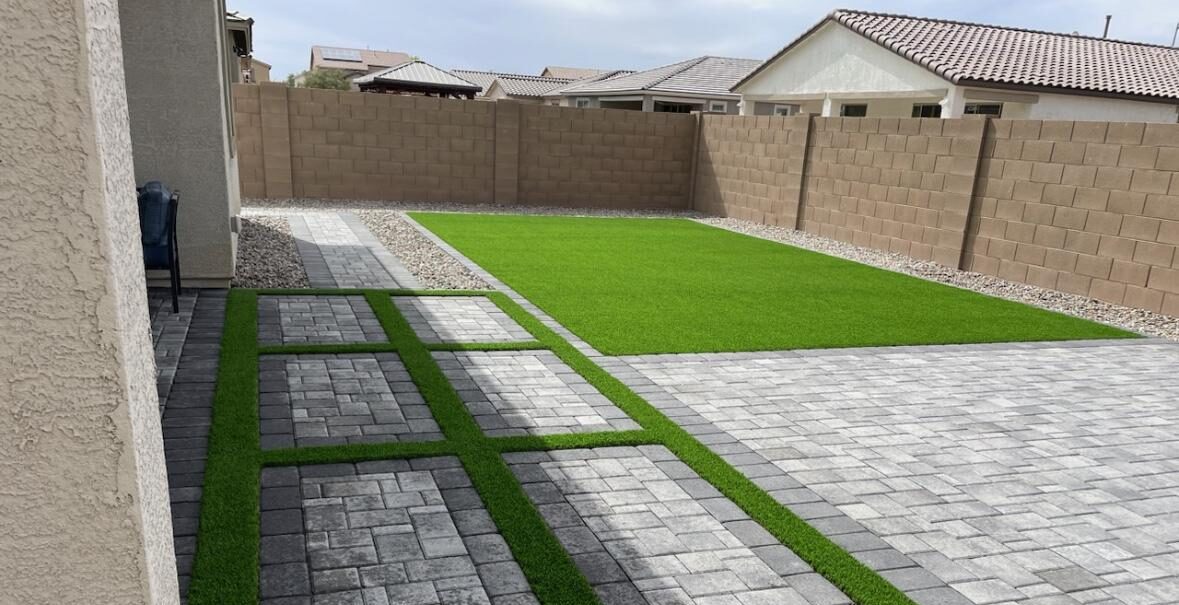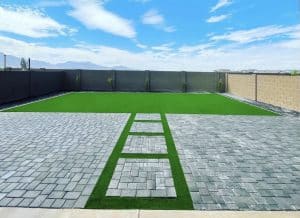
The Environmental Benefits of Artificial Turf
Sustainability in Landscaping: The Environmental Benefits of Artificial Turf

Artificial turf, also known as synthetic grass or fake grass, offers numerous environmental advantages that contribute to sustainable landscaping practices. Its many eco-friendly features can help promote sustainability in landscaping projects. From water conservation to reducing chemical usage, discover how artificial turf from No Limit Turf can help create greener, more environmentally responsible outdoor spaces.
What is Artificial Turf?
Artificial turf is a synthetic alternative to natural grass that is made from durable materials such as polyethylene or polypropylene. It is designed to mimic the look and feel of real grass while offering additional benefits such as low maintenance and longevity. Artificial turf comes in a variety of styles and colors to suit different aesthetic preferences and landscaping needs. No Limit Turf offers a wide selection of high-quality artificial turf products that are non-toxic, eco-friendly, and designed to enhance outdoor spaces with minimal environmental impact.
Is Artificial Turf Toxic?
Concerns about the toxicity of artificial turf have raised questions about its safety for humans, pets, and the environment. However, modern artificial turf products, including those offered by No Limit Turf, are designed to be non-toxic and environmentally friendly. High-quality artificial turf is made from non-toxic materials and does not contain harmful chemicals like lead or cadmium. Additionally, artificial turf does not require pesticides, herbicides, or fertilizers, further minimizing environmental impact and promoting safety for people and pets.
Environmental Benefits of Artificial Turf
One of the most significant environmental benefits of artificial turf is its ability to conserve water. Unlike natural grass, which requires regular watering to maintain its lush appearance, artificial turf does not need irrigation. By eliminating the need for water-intensive lawn maintenance, artificial turf helps conserve thousands of gallons of water annually, reducing the strain on local water resources and promoting sustainable water management practices.
Artificial turf contributes to environmental sustainability by reducing the need for chemical treatments. Traditional lawn maintenance practices often involve the use of pesticides, herbicides, and fertilizers to control weeds and promote growth. These chemicals can leach into the soil, contaminate groundwater, and harm beneficial insects and wildlife. Artificial turf eliminates the need for chemical treatments, creating a safer and healthier environment for humans, animals, and ecosystems.
Artificial turf also improves air quality by reducing emissions from gas-powered lawn equipment. Traditional lawn maintenance activities such as mowing, edging, and trimming emit greenhouse gases and air pollutants that contribute to air pollution and respiratory health problems. By replacing natural grass with artificial turf, homeowners and businesses can minimize their carbon footprint and promote cleaner, healthier air for their communities.
Artificial turf offers numerous environmental benefits that make it an eco-friendly choice for landscaping projects. From water conservation to reducing chemical usage and improving air quality, artificial turf helps create greener, more sustainable outdoor spaces. At No Limit Turf, we are committed to providing high-quality, non-toxic artificial turf solutions that not only enhance landscapes but also promote environmental responsibility. Contact us today to learn more about our eco-friendly, manufacturer-direct turf products and start creating a more sustainable future for your outdoor spaces